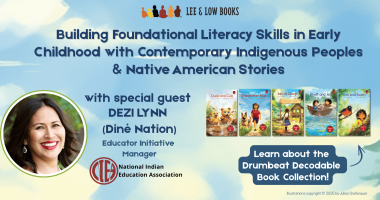A few nights ago I was having dinner with a friend who doesn’t work in publishing, and I was talking about how I think librarians are really great and I’m always impressed by the thoughtful ways in which they grapple with some truly tough issues.
“Er…like what?” he asked.
So I gave him this example from the NY Times about the Brooklyn Public Library’s recent decision to basically quarantine Tintin au Congo, a 70-year-old picture book with some pretty racist cartoons:
What happens when we look through a 21st century lens at older classics and don’t like what we see? When is it time for a book to retire, and what can we gain from keeping it on the shelves?
Books like the Little House on the Prairie series have long been problematic. On the one hand, the portrayal of Native Americans is really truly offensive. On the other hand, many readers still love these books. A lot. And they can be useful from a historical perspective, not only as a window into another time and way of thinking but also as a marker by which we can judge how far we have (or haven’t) come.
In an ideal world, there would be a place for all books on the shelf, and the time, space, and willingness to openly discuss the problematic parts of each of them. The most offensive books can be the best learning tools. But if you leave a book like Tintin au Congo out there on the shelf, there’s no guarantee that the people who pick it up will be interested in having a discussion about, say, racist imagery. And taking a book like this one at face value really can be damaging.
That is what it means to set a book loose in the world: anyone can pick it up. And sometimes, eventually, librarians are forced to make a call: do the literary and historical merits of this book outweigh the damage and hurt that it causes?
In the case of Tintin au Congo, the librarians said no and removed it from circulation, in the hopes that those who sought it out in the closed stacks would be those interested in having the hard conversations on race in historical perspectives. But each book brings its own individual set of merits and problems, which is why there’s no uniform way to deal with the question of when a book should be retired.
And meanwhile, it’s up to us to be active readers, to question not only the bad books but the good ones, too, to engage with every text we come across and teach children to do the same.









